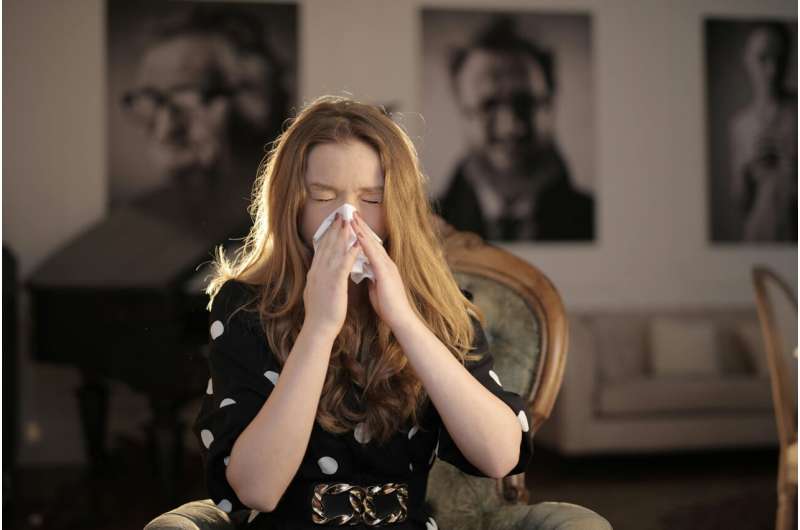Pre-Operative THP Shows Promise for Achieving Complete Response in Early-Stage HER2-Positive Breast Cancer

A groundbreaking study shows that a 12-week preoperative THP therapy achieves a 64% complete response rate in early-stage HER2-positive breast cancer, potentially reducing the need for intensive chemotherapy.
A recent study presented at the 2025 ASCO Annual Meeting highlights significant advancements in the treatment of early-stage HER2-positive breast cancer. Researchers from the ECOG-ACRIN Cancer Research Group investigated the effects of a 12-week preoperative therapy combining trastuzumab, pertuzumab, and taxane chemotherapy, known as THP. This regimen, administered prior to surgery, aims to induce a pathologic complete response (pCR), meaning no residual cancer is found at the time of surgery.
The study involved a large sample of patients with Stage II and III HER2+ breast cancer, and results showed a promising pCR rate of 64% in patients with HER2-positive, estrogen receptor (ER)-negative tumors. Among patients with ER-positive tumors, the pCR rate was notably lower at 33%, but interestingly, lower ER expression within ER-positive tumors correlated with higher pCR rates.
THP combines a taxane-based chemotherapy with targeted HER2 therapies, trastuzumab and pertuzumab. While this combination is standard in treating metastatic HER2+ breast cancer, its application in early-stage disease has been less explored. The CompassHER2 pCR trial is the first large-scale study to evaluate this less intensive, chemotherapy-sparing approach. Participants received four cycles of HP (trastuzumab and pertuzumab) along with weekly paclitaxel or every-three-week docetaxel, followed by surgery.
Despite challenges posed by the COVID-19 pandemic, the trial successfully enrolled 2,175 participants, with 2,141 initiating THP therapy. Disease progression during therapy was rare, occurring in only 0.7% of patients. Importantly, patients achieving pCR did not require further chemotherapy after surgery, only ongoing HER2-targeted therapy, radiation, and endocrine treatment if necessary.
The primary focus is on three-year recurrence-free survival, with longer follow-up needed for conclusive results. Additional analyses identified predictors of pCR, including ER-negative status, lower ER expression in ER-positive tumors, higher HER2 IHC scores, the use of weekly paclitaxel, and higher HER2DX pCR scores, regardless of ER status. These insights could help identify patients who may benefit from this simplified treatment approach, reducing the toxicity associated with traditional chemotherapy.
Overall, this study suggests that the THP regimen can achieve substantial tumor eradication in early-stage HER2+ breast cancer, offering a potentially less toxic yet effective treatment option. Ongoing follow-up will determine if this approach can improve long-term outcomes and spare some patients from the adverse effects of intensive chemotherapy.
Stay Updated with Mia's Feed
Get the latest health & wellness insights delivered straight to your inbox.
Related Articles
World Health Organization Confirms No Link Between Tylenol, Vaccines, and Autism
The World Health Organization has confirmed that there is no scientific evidence linking Tylenol or vaccines to autism, countering recent unproven claims. Learn more about the facts and safety recommendations.
Is It Still Worth Getting a Flu Shot in 2025?
Learn why getting a flu shot in 2025 is still highly recommended, even as the season peaks and extends. Protect yourself and those around you by understanding vaccine effectiveness, safety, and timing.
Long-Term Loss of Smell May Persist After COVID-19 Infection
New research reveals that the loss of smell following COVID-19 infection can persist for years and may often go unnoticed, impacting quality of life and health. Learn about the latest findings on post-COVID olfactory dysfunction.



